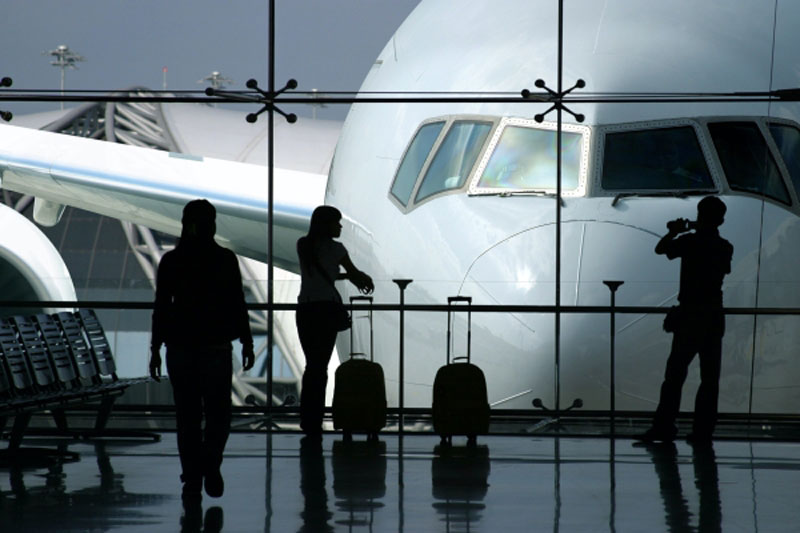This article considers some of the fundamental hurdles to achieving a unified approach to aviation crisis management.
Recently, I assessed the results of a survey. In the process of updating its crisis plans, a major international airport group asked the operating airlines for details of their own emergency plans. The primary reason was to determine what could be expected from the airlines and, therefore, what gaps the airport had to fill and for how long. Classic contingency planning.
The results from the survey were shocking. Of the 32 airlines in the survey:
- Only 3 would share their Station Plan (for the airport location) with the Airport.
- Some said that the Station Plan was confidential.
- Less than half understood the arrangements for Aircraft Recovery (where the kit was, how long it would take to transport to the airport, who would operate).
- Most had totally unrealistic expectations of the capability of ground handling companies and the extent of their responsibility for crisis management.
- None had pre-existing arrangements with local hotels as potential Family Assistance Centres (3 airlines claimed they had such an agreement but, when checked, the hotel had no knowledge of this).
- 12 would not provide the airport operations centre with basic airline contact details for use by the airport in an emergency.

As a community of companies, alliances, associations, regulators and support industries, we are going backwards in our pursuit of crisis management capability.
At its very core, crisis management is about people. Those we are legally and morally bound to protect. A guest, a passenger, a vendor, an employee and, in the event of an incident, their families. But the Champions of our industries are not doing enough to ensure that, as a community, we can provide a consistent and coherent response. In the aviation industry, IATA and ACI are not working together on standards for cooperation of airlines and airports.
The solutions are not simple but they are obvious:
- Awareness at executive level and leadership to promote change.
- Dismantle the traditional barriers between airlines and between airlines and airports – crisis management, like security and safety is not competitive.
- Train together – airports, airlines, local authorities, service providers.
- Talk – understand the differing priorities and determine workarounds.
